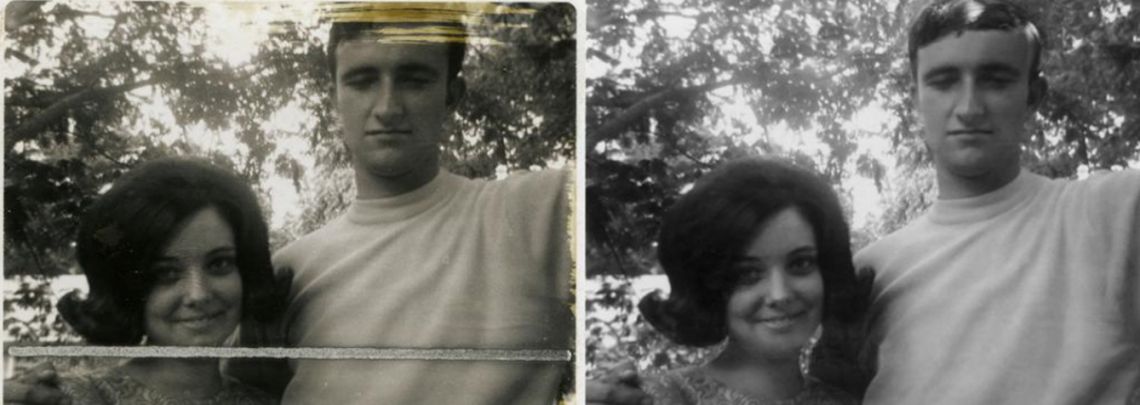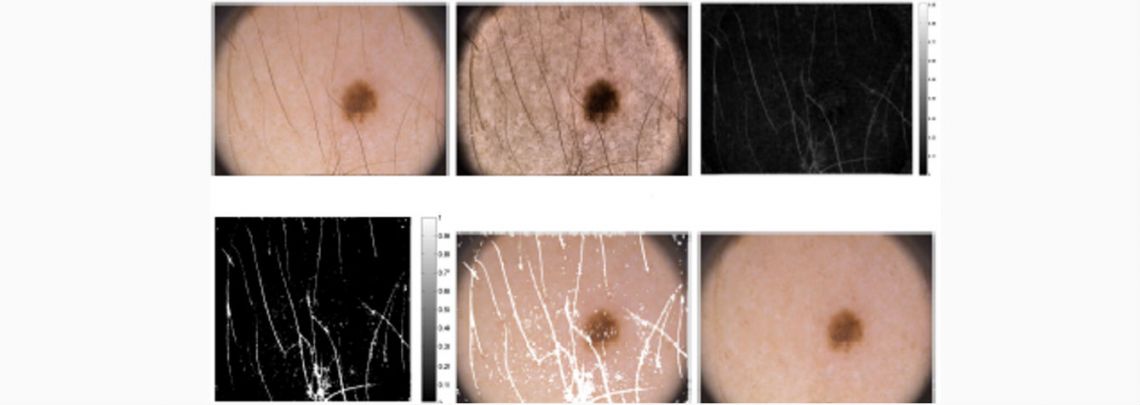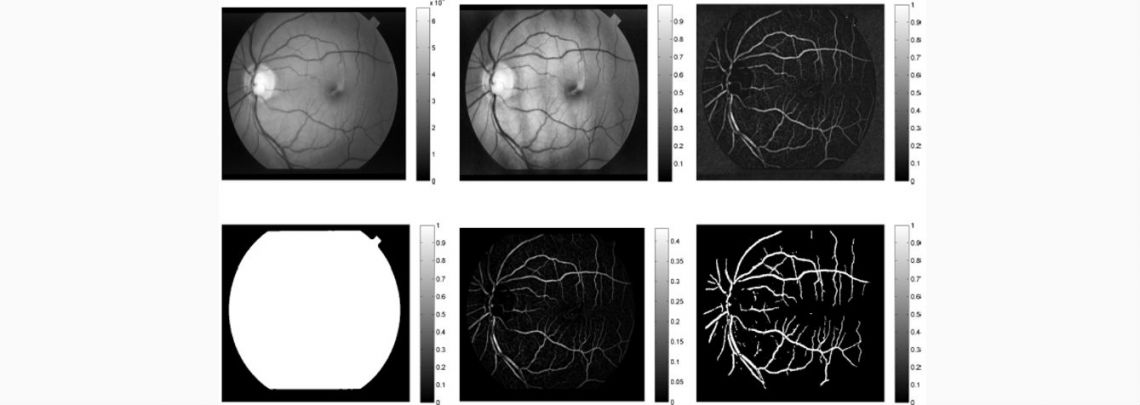Automatic image enhancement and shape recognition using Artificial Intelligence and Soft Computing techniques
A research group from the Department of Mathematics and Computer Science of the UIB offers a service for the automatic improvement and recognition of shapes in any type of images and, especially, biomedical ones.
Artificial Intelligence and Soft Computing techniques are used to perform this image improvement and recognition service. These tools help to deal with the existence of imprecise or uncertain information in any type of images, specially biomedical, and allow to achieve several improvements (such as the elimination of different types of noise, shape recognition, segmentation, classification, etc.) with the ultimate goal of being a support tool for improving the diagnosis, and for decision making in environments where computer vision and image processing are used.
The research group is working on:
- Noise removal. Restoration algorithms such as "inpainting"
- Edge detection
- Study of dermoscopic images for the segmentation of melanomas (most serious types of skin cancer)
- Segmentation of blood vessels in retinal images
- Automatic classification of the morphology of erythrocytes in blood samples as a support in the diagnosis of Sicklemia (hereditary disease that affects the structure of hemoglobin) and associated neurophysiological disorders
OUR EXPERIENCE
The group has extensive experience in the design of processes and algorithms for restoration, automatic improvement and shape recognition. Currently, the research group collaborates with a public hospital in the development of tools based on mathematical algorithms in order to improve the accuracy and treatment of the biomedical images uncertainty. In particular, the group works with doctors of the Nuclear Medicine service of the Hospital Universitari de Son Espases (HUSE) and with the Neurobiology research group of the IdISBa in a FIS project of the institute Carlos III.
Work is also underway on the analysis of dermoscopic images to develop a diagnostic aid tool, in collaboration with the Dermatology Department of HUSE. Some researchers of the group participate in a project with the aim of developing a tool to help diagnose sickle cell anemia or sickle cell trait, in collaboration with hospitals and universities in Cuba and another research group from the Department of Mathematics and Computer Science. Finally, and in the framework of an industrial PHD, they are working with convolutional neural networks (CCN) applied to object detection and image classification, obtaining satisfactory results in systems with bandwidth limitations such as communication channels of emergency services.
In collaboration with:






